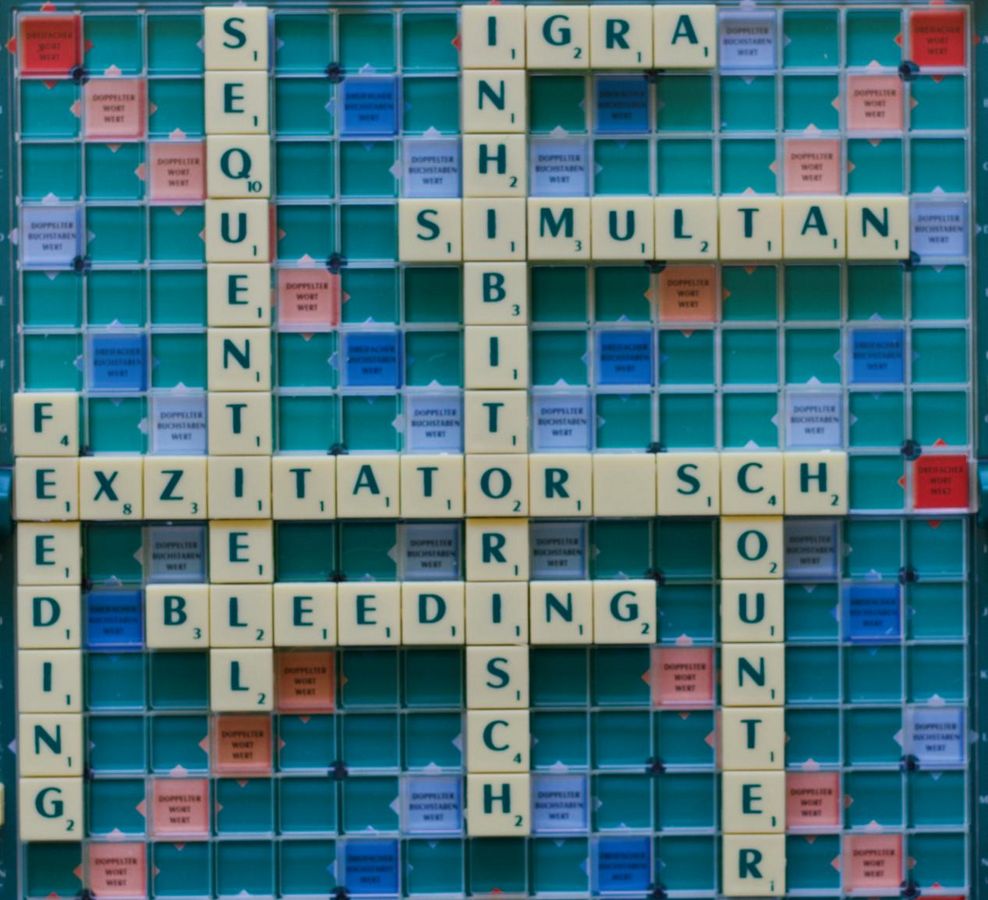On this site we present the research programme of the Research Training Group.
The Research Training Group focuses on the phonology, morphology and syntax of natural languages. The investigation of these formal components of the grammar have been tendentially neglected in previous collaborative research projects in Germany. However, internationally these questions have received enormous impetus due to a wide range of significant new developments. Consequently, much knowledge has been accumulated regarding (i) the representations of linguistic expressions of different complexity (ranging from the phonetic form to the complete sentence) and (ii) the grammatical building blocks (rules, operations, constraints, schemata, as well as extra-linguistic factors) which restrict the distribution of linguistic expressions. Indeed, there now exists a wide range of plausible – and to some extent, as in the case of Optimal Theory (Prince & Smolensky 2004), widespread – hypotheses regarding how the postulated grammatical building blocks interact with one another (depending on both their own respective nature and on the nature of the linguistic expressions which they comprise). However, a comprehensive investigation of the possible interactions of these grammatical building blocks, from various theoretical perspectives, based on detailed empirical investigations of phonological, morphological and syntactic phenomena from typologically different languages, and taking into account all possible research techniques (introspective, experimental, corpus-based), still remains to be done. The Research Training Group is intended to achieve exactly this aim.
The individual research projects of the Research Training Group originate from a taxonomy that differentiates between excitatory and inhibitory interactions, on the one hand, and between simultaneous and sequential interactions, on the other. Four kinds of interaction thus result from this cross-classification:
- excitatory sequential interaction of building blocks: Feeding, Counter-Bleeding;
- inhibitory sequential interaction of building blocks: Bleeding (including improper movement, strict cyclicity), Counter-Feeding;
- inhibitory simultaneous interaction of building blocks: competition (disjunctive blocking, conflict);
- excitatory simultaneous interaction of building blocks: cooperation.
All of the four interaction types are covered under the expertise of multiple members of the Research Training Group; and are firmly rooted in the PhD programme.
